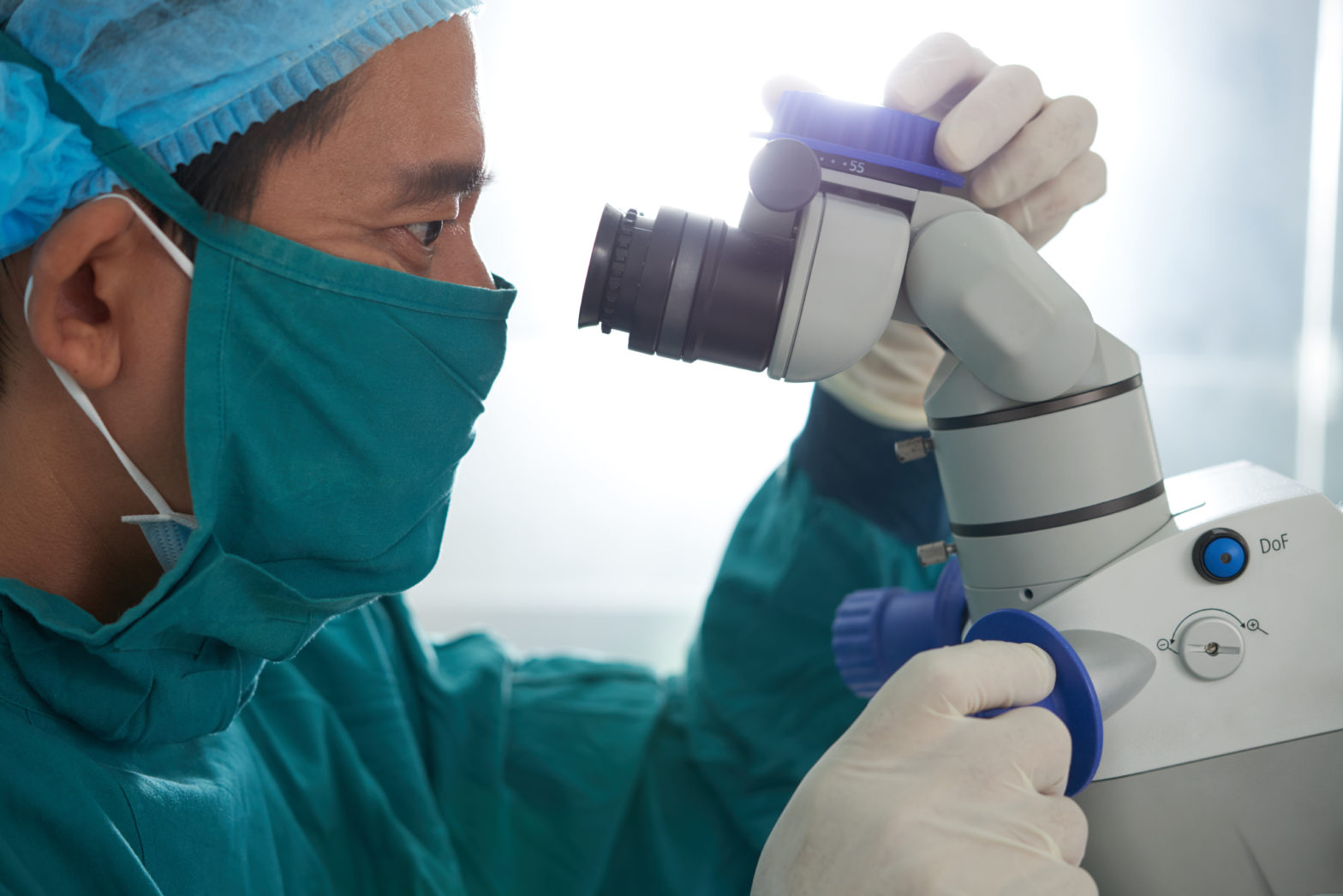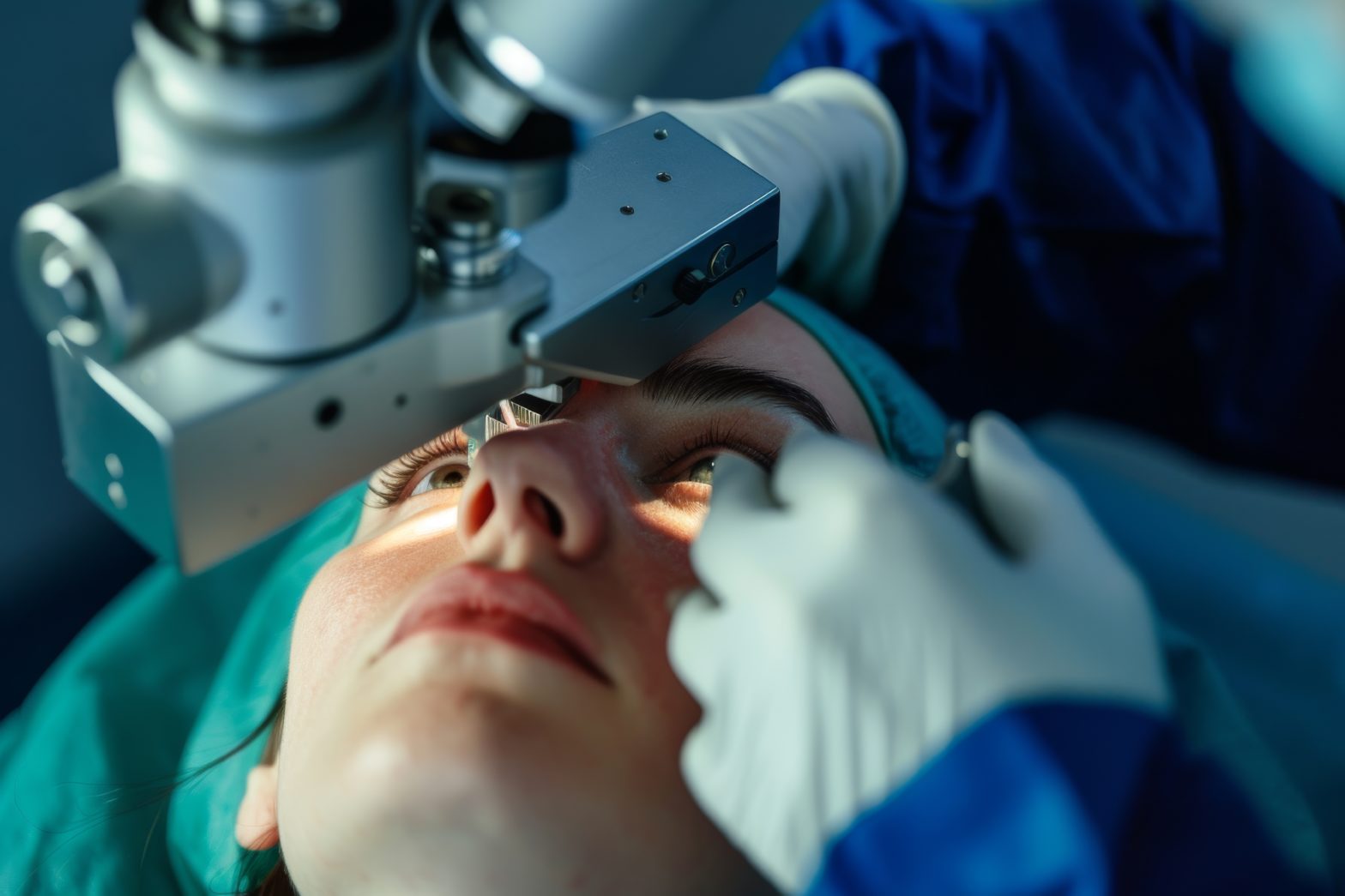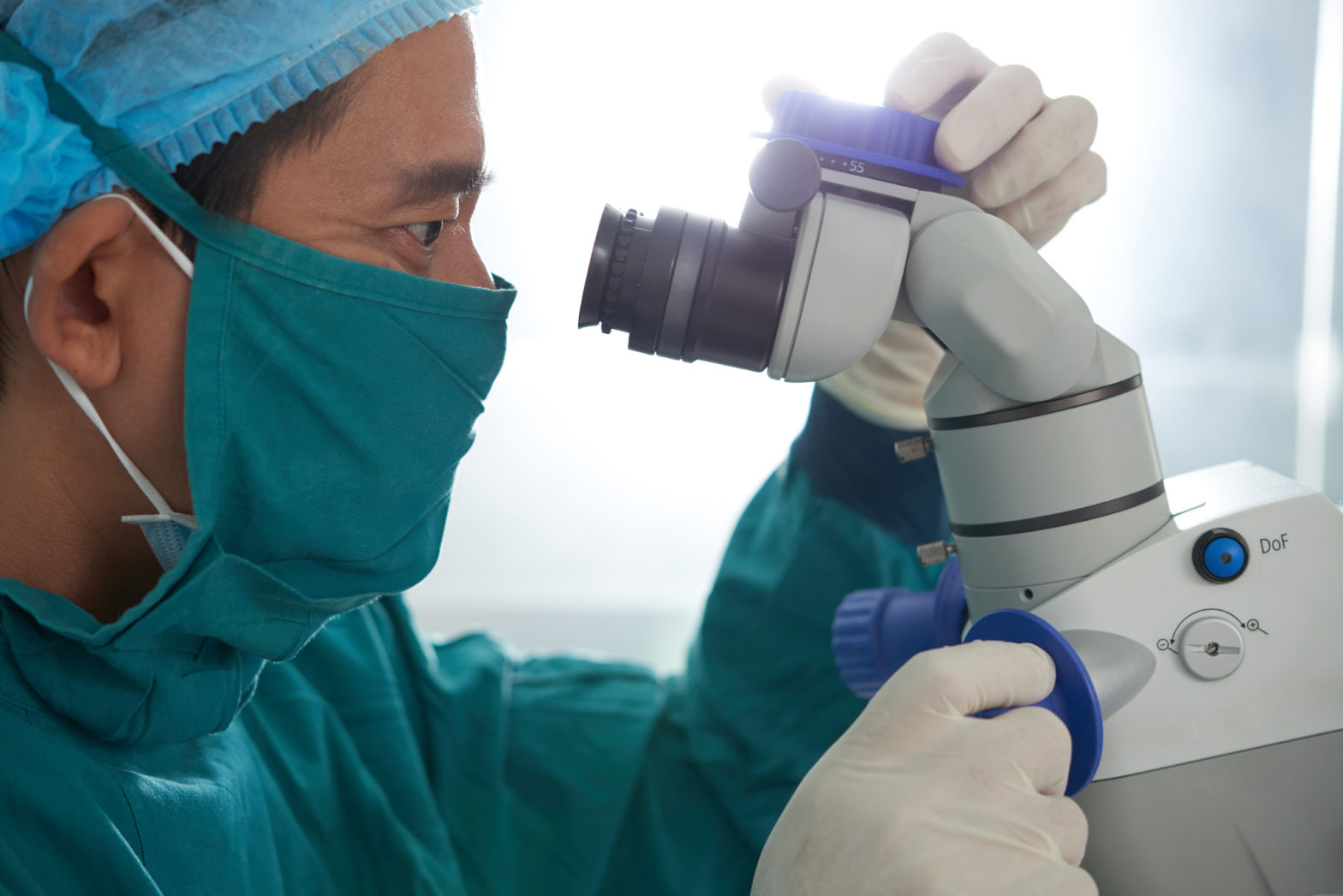Laser vision correction or Lasik Surgery has been around for more than 20 years having helped more than 30 million people worldwide say good bye to glasses or contact lenses. As, we all know that LASIK surgery procedure is done for the correction of numbers and reduce or eliminate the dependence on glasses and contact lenses. The patient satisfaction rate of Lasik procedure is more than 95%. The wonderful thing is that most people never need a repeat procedure. However 2-5% patients may need a repeat procedure. It can be either due to less than desirable outcome the first time (some residual number after Lasik correction) or some numbers coming back (regression) in future. Repeat LASIK also called enhancement can be done even years after the first one. Despite a high LASIK retreatment success rate, it is important to weigh the risks against the benefits and appropriately answer the crucial question of why, when and how to re-treat.
Anita, 32 year old home maker, got her LASIK done 1 month ago at another center. She came to us for a second opinion. She wasn’t very pleased with her unaided vision. The detailed evaluation was done at the Center for LASIK surgery at Advanced Eye Hospital and Institute, Navi Mumbai, India which is one of the best Lasik hospitals in western India. The testing showed that she had a residual minor number of -0.75D in both her eyes. On further testing and discussion she revealed that her eye power prior to her LASIK was -6.75D. We assessed all her pre LASIK reports and everything was perfect. Anita really thought it was a Lasik failure. We just reassured her and advised her to continue her lubricating drops and come back for a check-up after 1 month. Now in cases like Anita, it is important to be patient. It is normal and not unusual for numbers and the vision to fluctuate for a few weeks after the surgery. And yes, waiting helped- her follow-up post Lasik checkup showed the vision to be a perfect 6/6. Hence, the need for a repeat LASIK or Lasik enhancement is assessed only after 3 months of stable power after previous LASIK.
On the other hand is Magan, a 34 year old computer professional. He had his LASIK done 7 years ago. He was perfectly corrected for his -5.0D numbers and had a crystal clear vision until a year ago when he noticed some blurring of vision. His testing at AEHI revealed a number of -1.0D in his right eye and -1.25D in the left eye. All his tests that were performed at the Centre for LASIK surgery at Advanced Eye Hospital were found to be normal. He was scheduled for a repeat LASIK. The same old flap was lifted with the help of special instruments. Excimer laser was performed on the bed of the flap after lifting in accordance with his eye power. Flap was then repositioned and he was advised some do and don’ts which are similar to any other LASIK surgery.
Over all there are three important considerations prior to an enhancement procedure-
- Timing– Repeat Lasik procedure is done only after the stabilization of the residual power after laser vision correction. It is better to wait for at least 2-3 months and achieve stable power before considering lasik enhancement. Some amount of fluctuation is common for a few months after the first procedure. Hence it should not be called a lasik failure till then.
- Repeat pre- LASIK evaluation-To determine whether someone is a good candidate for a repeat LASIK, we have to re-evaluate and perform a detailed pre LASIK evaluation all over again. Among other things, we need to check whether enough corneal thickness is present below the flap for a second surgery. The aim here is to again ensure that the repeat procedure is safe and will not result in any undesirable long term side effects.
- Type of procedure for repeat Lasik– Depending on the type of first surgery and the residual bed thickness below the flap, we decide the type of repeat procedure. If enough corneal bed is available below the flap we can lift the same flap and perform the excimer laser ablation to correct the number. If not then we can consider an alternative procedure called Surface Ablation or PRK. In this procedure we do not raise the flap and instead perform laser on the surface of the cornea.
After the Lasik enhancement, same post-operative instructions are given that are given after the primary LASIK procedure. Be sure to follow these instructions exactly, to reduce the risk of eye infection and facilitate a good visual outcome. Some patients also worry about the number of times enhancement can be performed. There is no magic number but really no one needs a repeat lasik procedure more than one or two times. However every time prior to the procedure, pre lasik testing should be done to ensure suitability.









